When considering central air, you might wonder if you need a furnace to run it. The short answer is no, you do not need a furnace to have central air conditioning. Many central air systems work independently of a furnace, utilizing a separate unit to cool your home efficiently.
A furnace is typically part of a heating system, whereas central air conditioning is used for cooling. They can, however, sometimes share mutual components, like ducts, but this doesn't mean a furnace is necessary for a central air system to function.
Understanding the difference between these systems can simplify your choices. Knowing you don't need a furnace for central air can help you make informed decisions about home cooling solutions that best suit your needs.
Understanding Central Air Conditioning Systems
Central air conditioning systems are designed to cool your entire home efficiently. They consist of several components that work together to provide a comfortable indoor environment.
Components of a Central Air System
A central air conditioner has key parts like the compressor, condenser unit, evaporator coil, and refrigerant.
- Compressor: Located outside, it pumps refrigerant through the system.
- Condenser Unit: Also outside, it releases heat from the refrigerant.
- Evaporator Coil: Inside the home, it absorbs heat from the air.
- Refrigerant: The fluid that carries heat between the indoor and outdoor units.
Forced air and ventilation are also important. Forced air systems blow cooled air through ducts into various rooms. Ventilation helps circulate air and maintain indoor air quality.
How a Central Air Conditioner Works
A central air conditioner cools your home by moving heat from inside to outside. First, the evaporator coil absorbs heat from your home’s air. The warm air is then cooled as the refrigerant inside the coil turns from liquid to gas.
Next, the compressor pumps this gas to the condenser unit outside. Here, the refrigerant releases the absorbed heat into the outdoor air and turns back into a liquid. The cycle repeats, keeping your home at a comfortable temperature.
The Role of a Furnace in Central Air
A furnace plays a significant role when combined with central air conditioning, acting both as a heating system and helping manage the overall forced air system. Heated and cooled air passes through the same ducts, providing consistent indoor air quality.
Heat Pumps vs. Furnaces
Heat pumps can both heat and cool your home, making them versatile. They move heat in and out of your house using a refrigerant system. Furnaces, on the other hand, only provide heat by burning fuel or using electricity.
Heat pumps use an outdoor unit and an indoor air handler. Furnaces typically connect to a central air system through ductwork for forced air distribution.
Heat pumps are more energy-efficient but may struggle in very cold weather. In contrast, furnaces provide reliable heat even in freezing temperatures. The choice between a furnace and a heat pump can depend on your geographic location, fuel costs, and personal preference.
Advantages of Having a Furnace
Furnaces offer several advantages when paired with central air systems. First, they provide strong heating power, making them ideal for colder climates. Unlike heat pumps, they rely on fuel-burning or electric resistance, which works effectively even when outside temperatures are very low.
Furnaces also often deliver better indoor air quality. The forced air system includes filters that remove dust and other particles, improving the air you breathe.
Installation and Sizing Considerations
Proper installation and sizing of your central air system are crucial for energy efficiency and comfort. It's important to get a professional assessment and choose the right size and efficiency for your home.
Professional Assessment and Load Calculation
An HVAC contractor should perform a load calculation before installation. This calculation considers your home's square footage, insulation, number of windows, and the local climate.
Load calculations help determine the right capacity for your central air system. Installing a system that’s too big or too small can lead to higher energy costs and reduced comfort.
Getting an estimate for installation costs, including ductwork and warranties, is also advisable.
Choosing the Right Size and Efficiency
Choosing the correct size and energy efficiency impacts how well your central air system performs. Look for the Seasonal Energy Efficiency Ratio (SEER) rating. A higher SEER means better energy efficiency.
Selecting the right size involves knowing the capacity needed for your home. Oversized systems can short-cycle, reducing efficiency and comfort. Undersized units will struggle to cool your home, increasing wear and tear.
Considering these factors can save you money and keep your home comfortable. Consult with an AC installer to choose the right system for your needs. Warranties and costs should also be discussed to ensure long-term satisfaction.
Maintaining Your Central Air and Furnace
Proper upkeep ensures efficiency and longevity for your HVAC system. Focus on regular maintenance and replacing filters to keep your unit running smoothly.
Regular Maintenance and DIY Tips
Regular maintenance is essential. Schedule professional HVAC inspections at least once a year. Professionals will check critical components including the plenum, heat exchanger, and refrigerant levels.
You can also perform some tasks yourself. Regularly clear debris around your outdoor unit and ensure your smart thermostat is correctly programmed. It's helpful to check your system for any leaks or unusual noises. Be sure circuits and breakers are operating correctly. Keep the area around your furnace and central air unit clean and free of obstruction.
Filter Replacement and Duct Cleaning
Air filters should be replaced every 1-3 months based on usage and the type of filter. HEPA filters and electrostatic filters can improve air quality but may need more frequent checks.
Duct cleaning is also important. Dust and debris can accumulate, affecting airflow and efficiency. Have your ducts cleaned every 3-5 years, or sooner if you notice buildup. This helps maintain good air quality and ensures optimal performance.
Cleaning the plenum and other critical parts of the ducts can reduce strain on your HVAC system, resulting in lower energy bills and a more comfortable home.
Regular attention here can significantly extend the life of your unit.

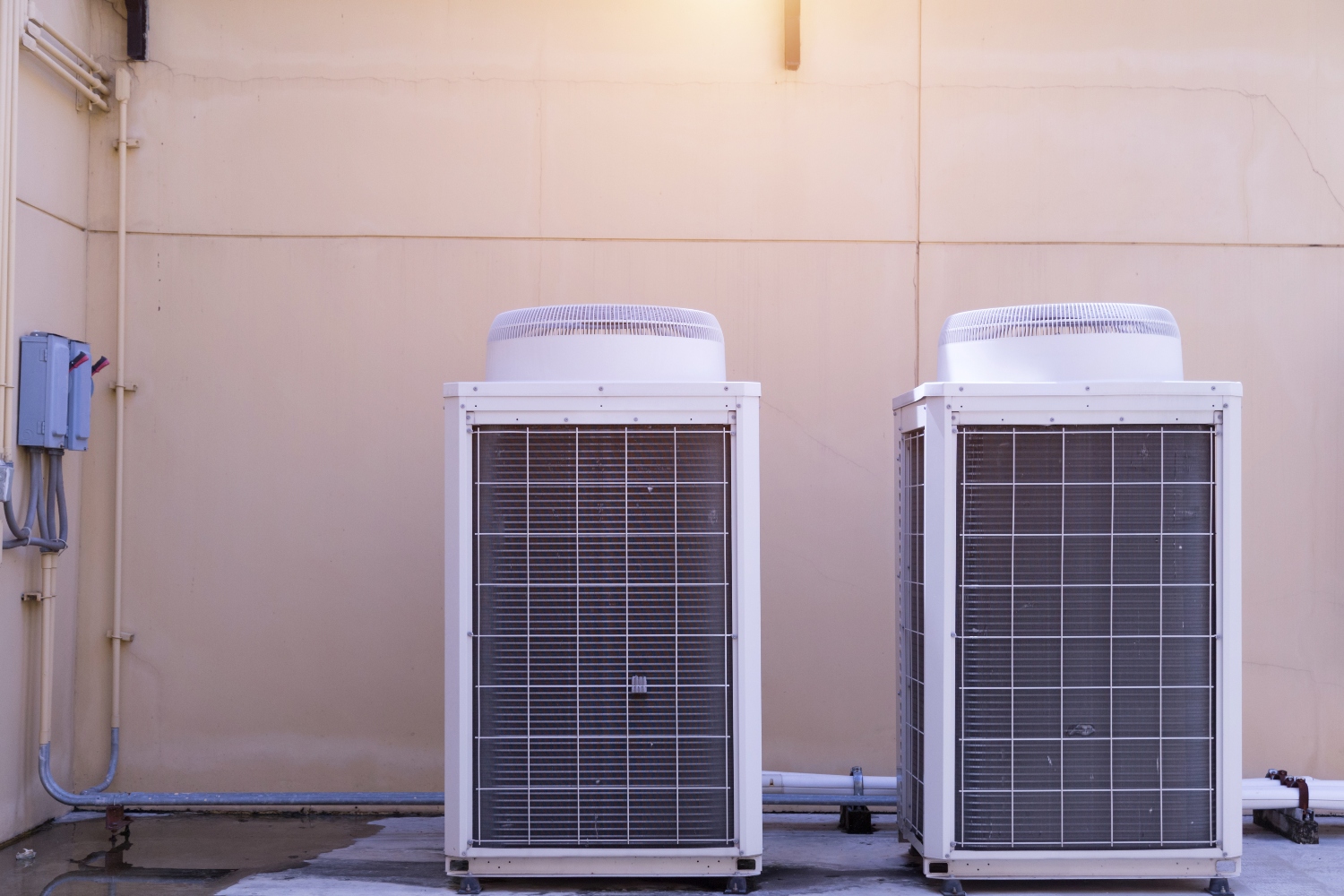

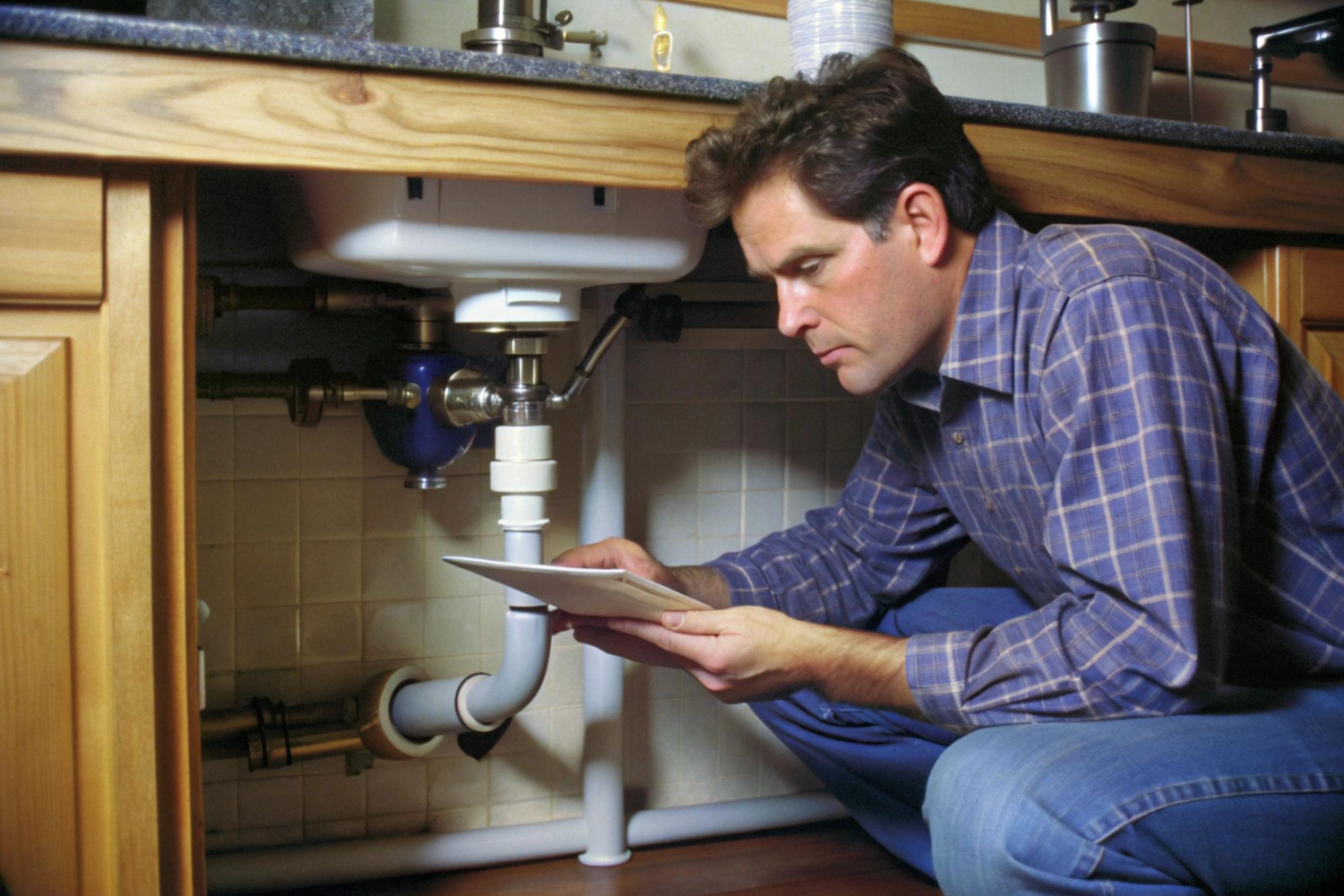
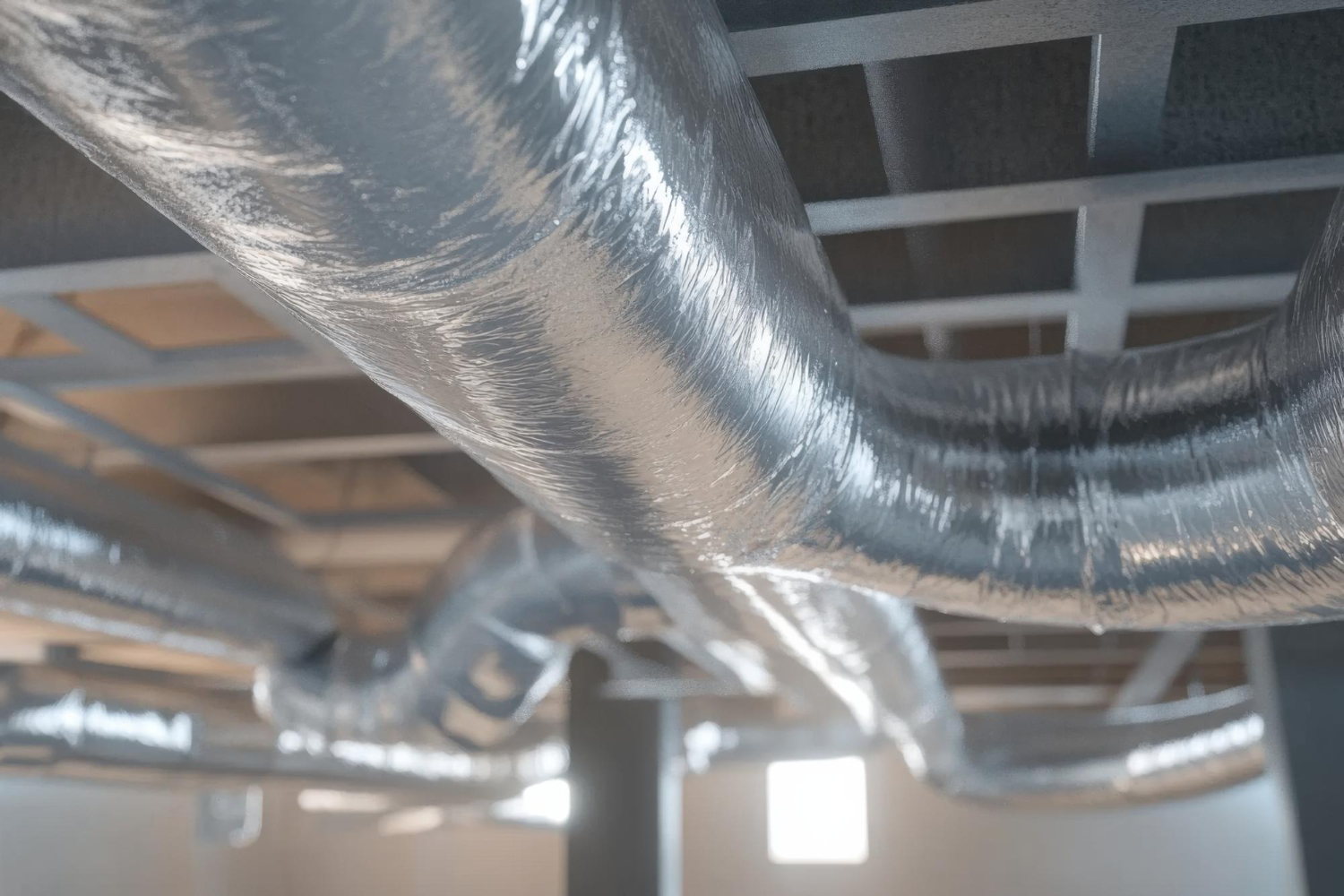
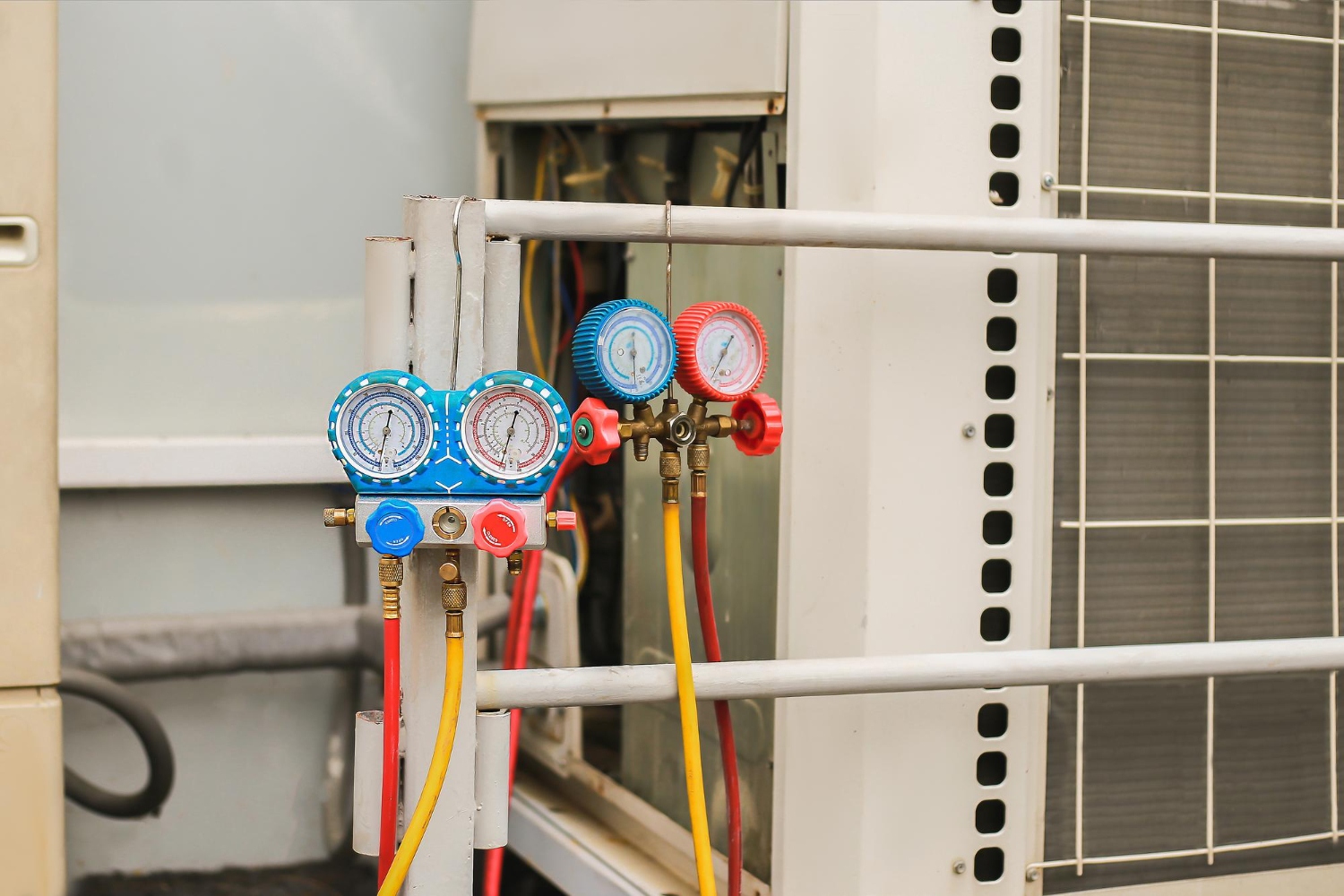
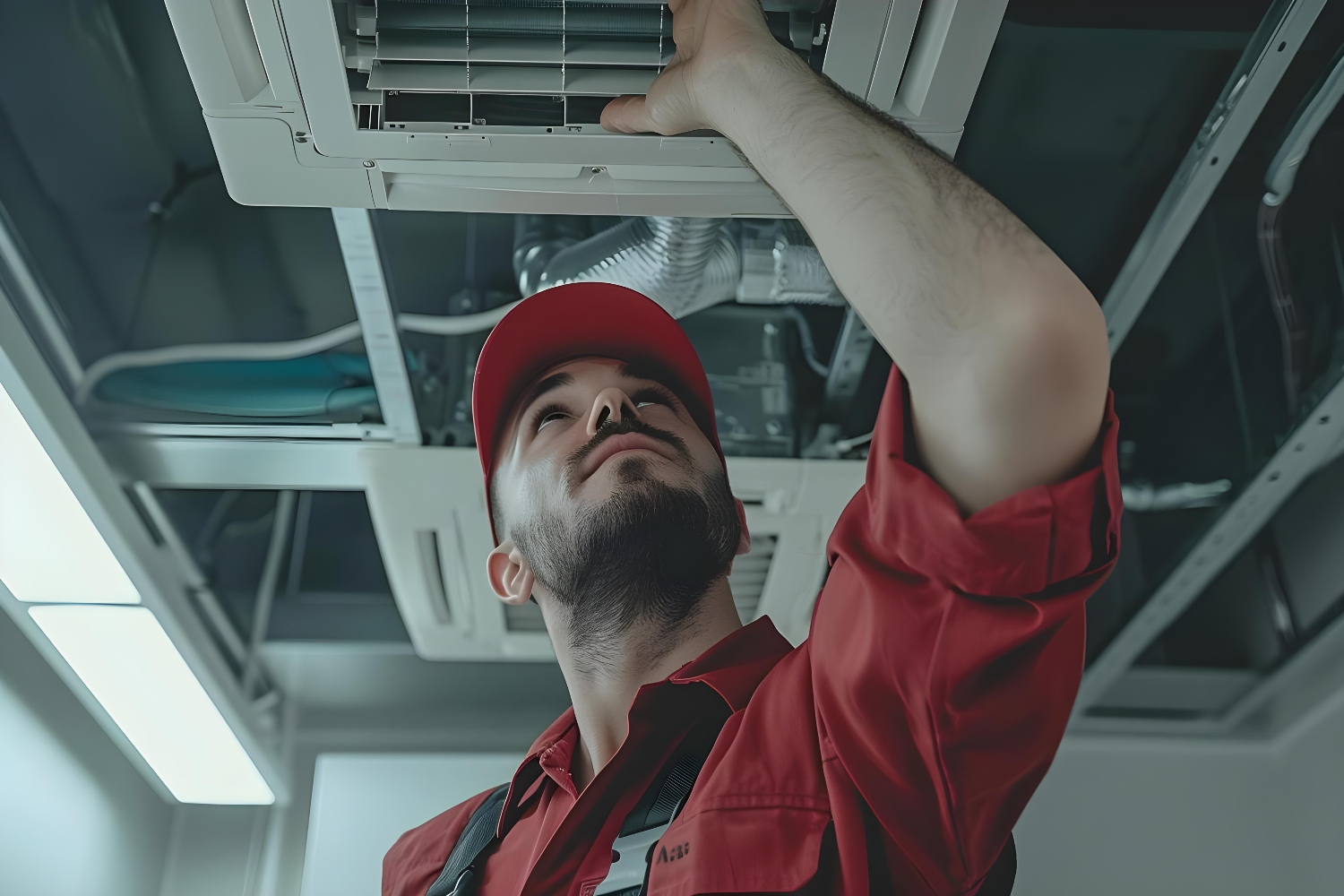
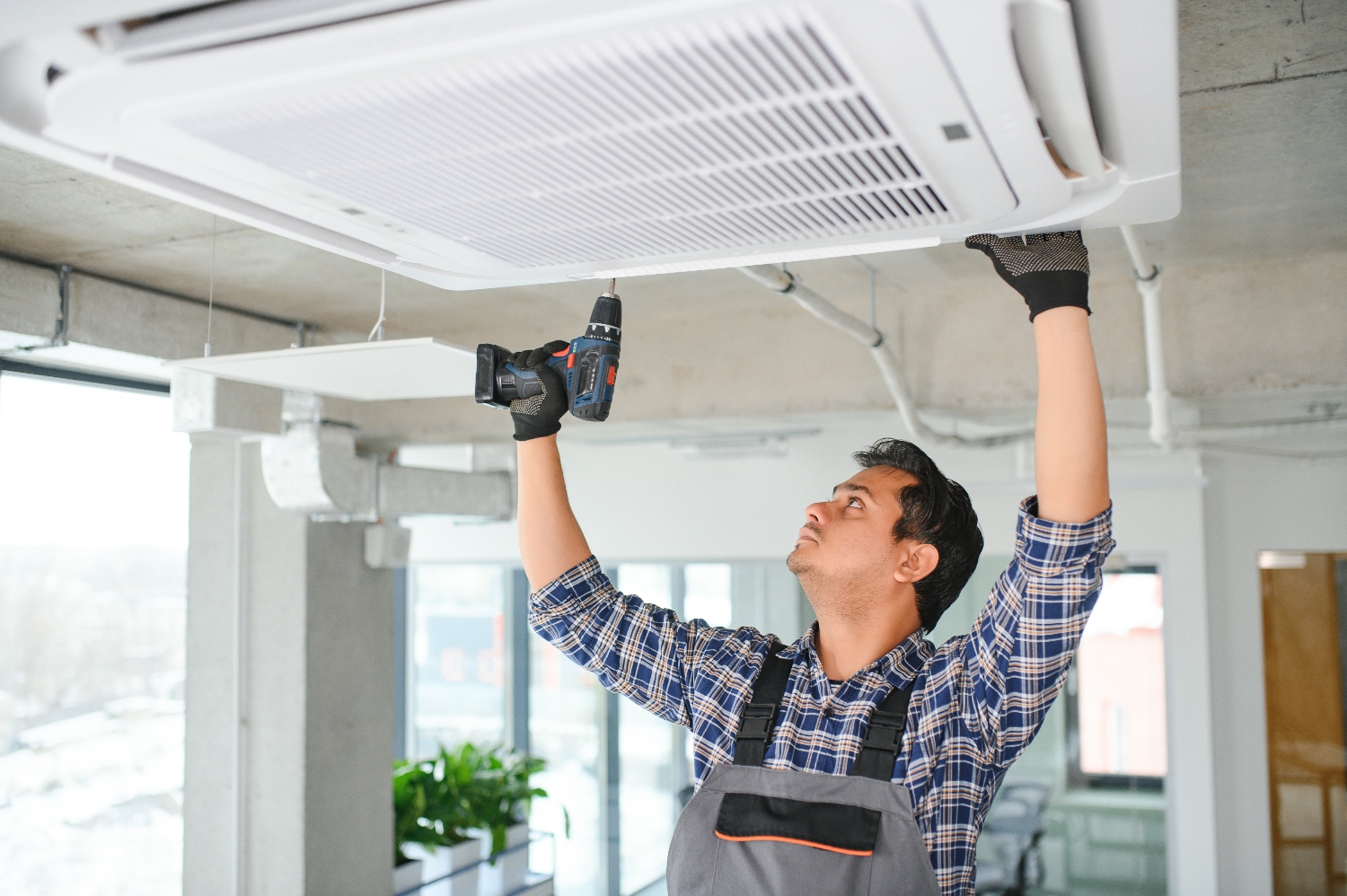
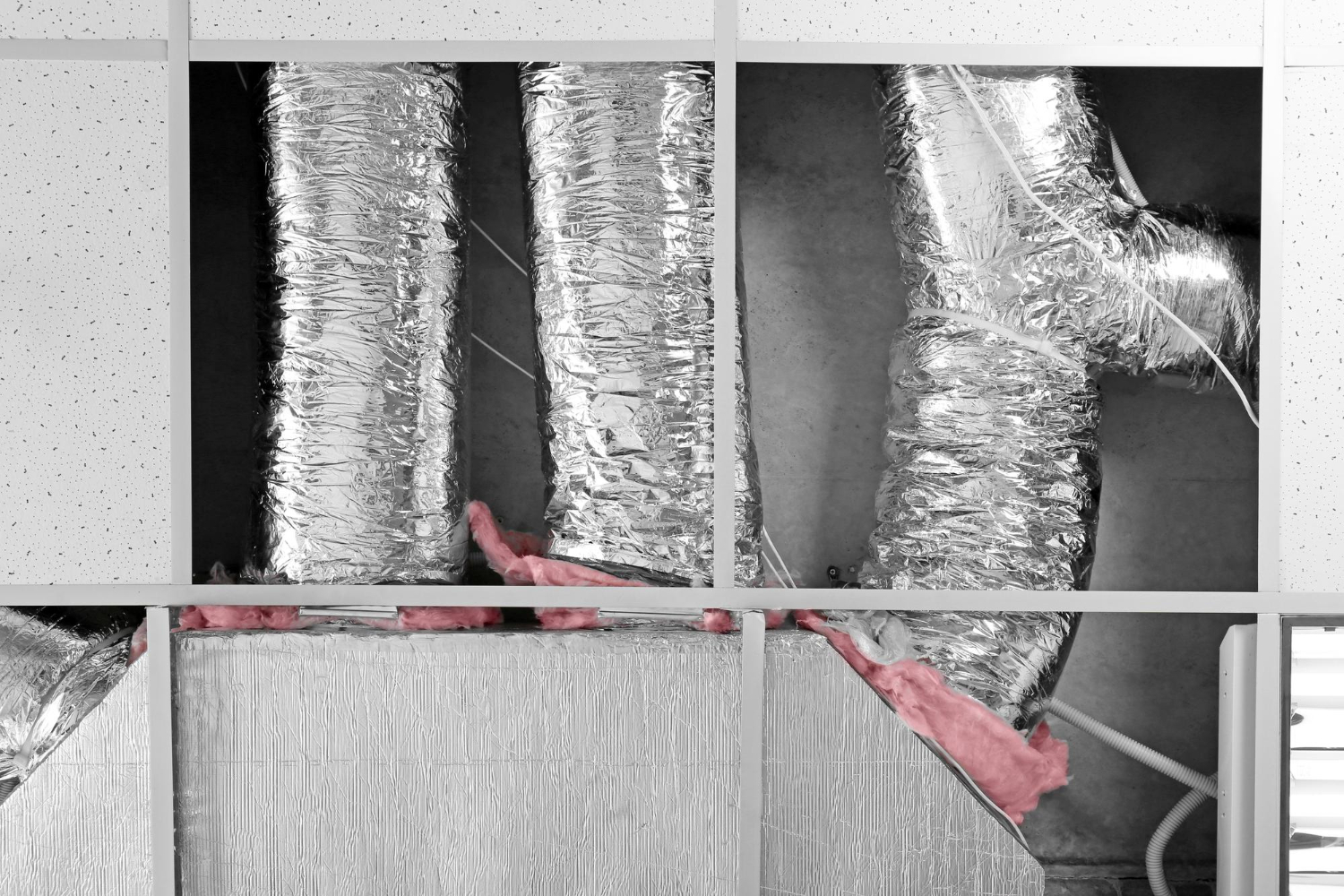




























































.jpg)
.jpg)

.jpg)
.jpg)




















